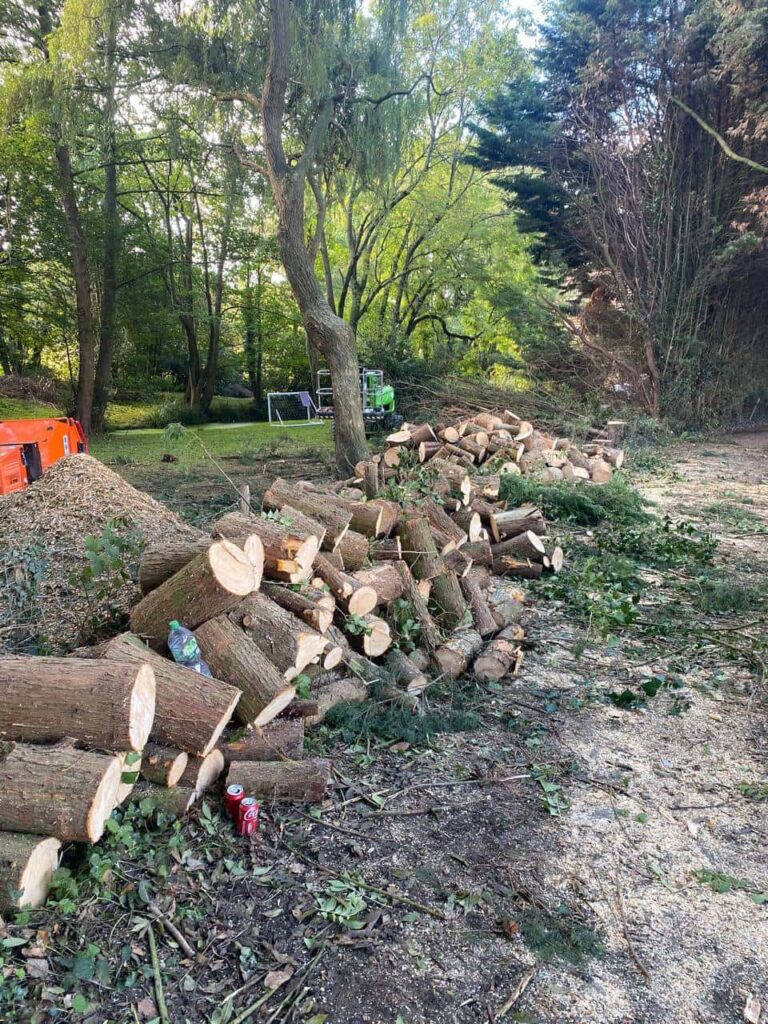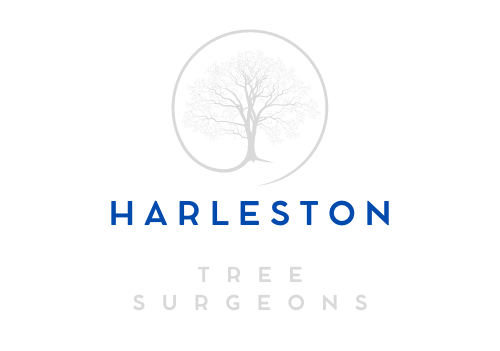When Is It Better to Thin a Tree Than Remove It Entirely?
Understanding the Options for Tree Management
When a tree becomes too large, blocks light, or shows signs of poor health, many homeowners assume that full removal is the only solution. However, this is not always the best approach. In many cases, thinning—a process where selected branches are carefully removed—can solve the problem while preserving the tree. At Harleston Tree Surgeons, we work with homeowners in Harleston, Norfolk, to assess when thinning is the most suitable option compared to removal.
What Is Tree Thinning?
Tree thinning involves selectively removing branches to reduce the tree’s density. This process:
- Allows more light and air to pass through the canopy.
- Reduces weight on heavy limbs.
- Maintains the tree’s natural shape and strength.
Unlike removal, thinning keeps the tree in place while addressing issues of overcrowding or safety.
When Thinning Is the Better Choice
1. The Tree Is Healthy but Overgrown
If the tree itself is strong and stable but has grown too dense, thinning improves airflow and light penetration without compromising its life.
2. You Want to Keep the Tree for Aesthetics or Shade
Mature trees often add character and value to a property. Thinning allows you to retain these benefits while reducing the drawbacks of excess growth.
3. The Problem Is Limited to Certain Branches
Sometimes only parts of the tree create issues, such as branches overhanging a roof or blocking a view. In such cases, thinning is more appropriate than removing the entire tree.
4. Safety Risks Can Be Managed Without Removal
Heavy or competing branches can increase the risk of breakage during storms. Thinning reduces these risks while preserving the tree’s structure.
5. The Tree Provides Environmental Benefits
Trees play an important role in supporting local wildlife and improving air quality. Thinning helps sustain these benefits while making the tree safer and more manageable.
When Removal May Still Be Necessary
While thinning is often the preferred choice, there are situations where full removal is unavoidable:
- The tree is diseased beyond recovery.
- Structural integrity is severely compromised.
- The roots are causing damage to foundations or underground services.
In these cases, removal is the safer and more practical solution.
Why Homeowners in Norfolk Choose Harleston Tree Surgeons
At Harleston Tree Surgeons, we provide expert advice and tree surgery services tailored to each property. Our team in Harleston, Norfolk, carefully assesses whether thinning or removal is the best option, always prioritising safety, tree health, and the needs of the homeowner.
Conclusion
Tree thinning is often a better solution than full removal, especially when the tree is healthy but overgrown or only certain branches are causing issues. By reducing density, improving airflow, and increasing safety, thinning allows homeowners to enjoy the benefits of their trees without the risks. Harleston Tree Surgeons offers professional tree care in Harleston, Norfolk, helping property owners make the right decision for both their trees and their landscapes.
Call us on: 01379 773 584
Click here to find out more about Harleston Tree Surgeons
Click here to complete our contact form and see how we can help with your tree needs.

